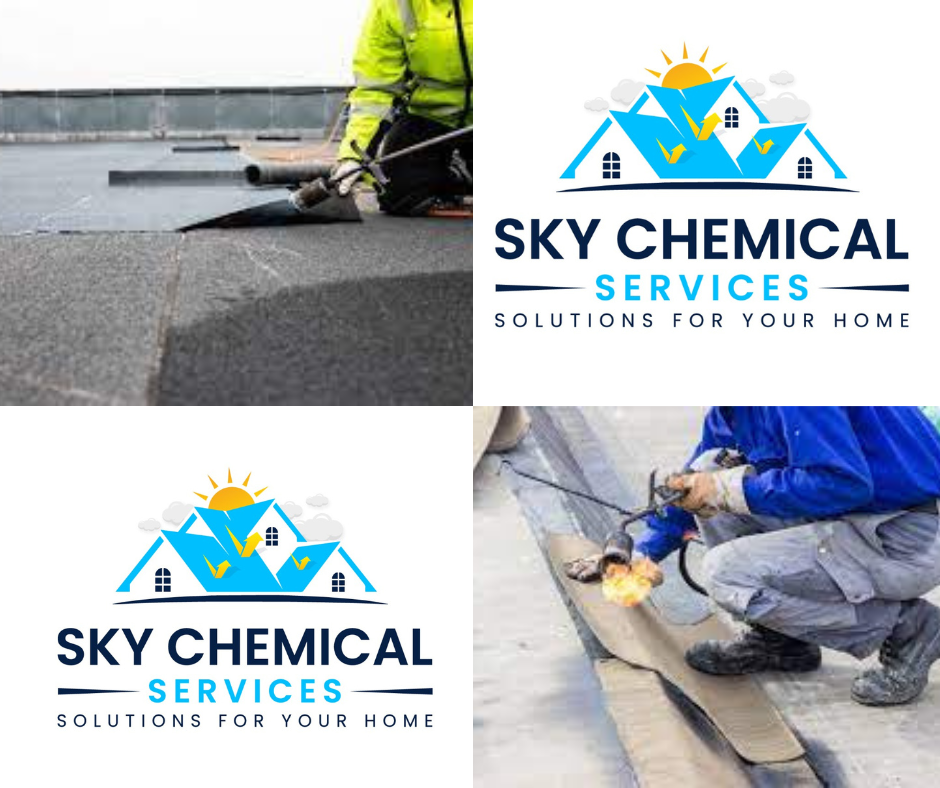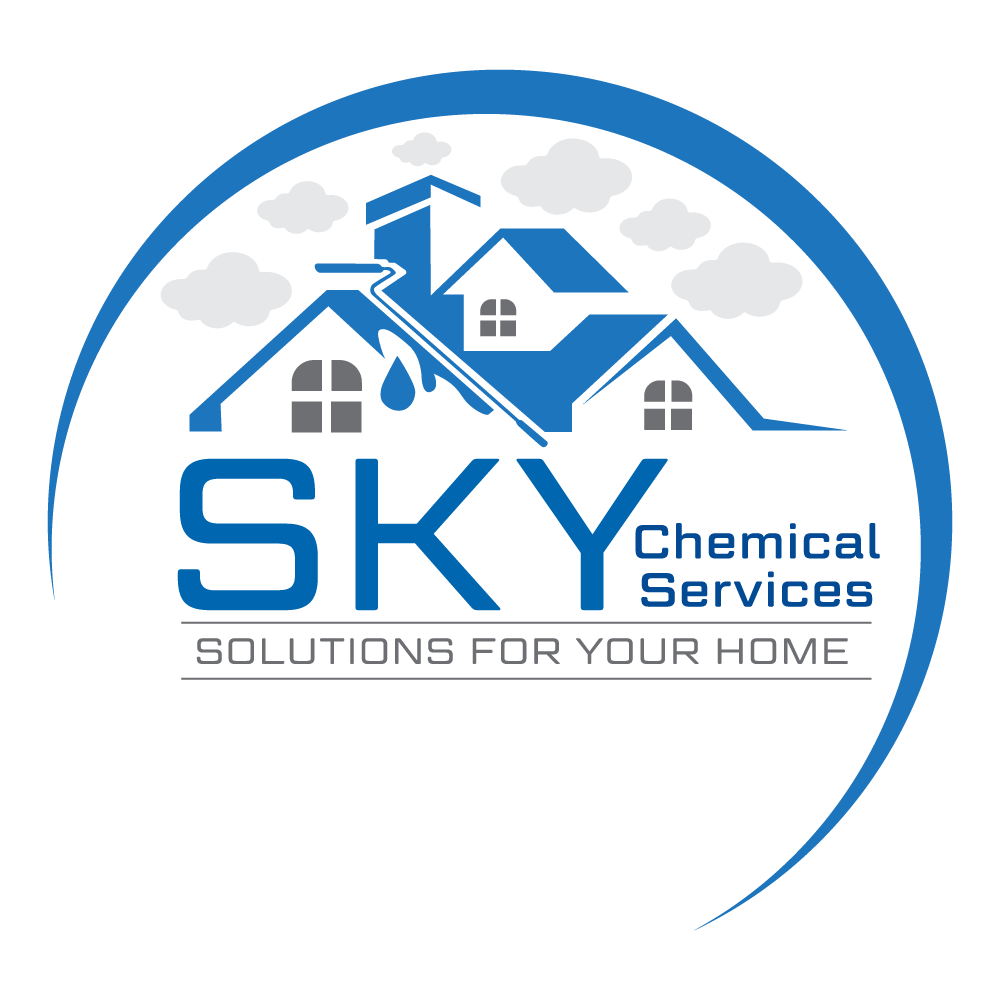Your roof is your home’s first line of defense against the elements. Rain, wind, snow, and the scorching sun can take a toll on your roof over time, leading to damage and leaks that may compromise the integrity of your home. One of the most effective ways to prolong the lifespan of your roof and protect it from water damage is by applying waterproofing for roof. This article explores the best waterproofing methods, materials, and benefits to help you make an informed decision about safeguarding your home.
Why is Waterproofing for Roof Important?
Waterproofing for roofs is essential for several reasons:
- Protection from Water Damage: Water infiltration can lead to leaks, mold growth, and structural damage to your roof and home. By waterproofing your roof, you prevent these issues and ensure that rainwater does not penetrate into the roofing structure.
- Extends Roof Lifespan: A properly waterproofed roof can withstand the harsh elements and last longer. Waterproofing helps prevent common problems such as cracks, rust, and deterioration caused by prolonged exposure to moisture.
- Energy Efficiency: Some waterproofing systems, especially those with reflective coatings, can reduce heat absorption, helping to maintain a cooler interior during hot seasons. This improves the energy efficiency of your home, reducing the need for air conditioning and lowering energy bills.
- Cost Savings: Waterproofing helps you avoid costly repairs. A small leak can turn into a major issue over time, damaging not just the roof but also the walls, insulation, and foundation. Regular roof waterproofing can prevent these problems, saving you money in the long run.

Types of Waterproofing for Roof
There are several methods of waterproofing, each suited to different roof types and conditions. Understanding these methods will help you choose the best option for your home.
1. Liquid Waterproofing Membrane
Liquid waterproofing membranes are one of the most flexible and adaptable options available. This method involves applying a liquid coating to the roof surface, which hardens into a rubber-like waterproof layer. The liquid can be applied using a brush, roller, or spray, making it easy to coat even irregular surfaces.
Advantages:
- Highly flexible and durable
- Easy to apply, even in difficult-to-reach areas
- Suitable for both new and old roofs
Best Suited For: Flat or low-sloped roofs, terraces, and balconies.
2. Bituminous Membrane
Bituminous membranes, also known as asphalt-based roofing, are commonly used for low-sloped roofs. This method involves applying rolls of bituminous membrane to the roof using heat or adhesive. It provides a durable, watertight seal that is resistant to wear and tear.
Advantages:
- Strong and durable
- Resistant to UV rays and extreme weather
- Long lifespan with minimal maintenance
Best Suited For: Low-sloped or flat roofs, particularly in commercial buildings.
3. Polyurethane Liquid Membrane
Polyurethane-based waterproofing is known for its flexibility and strength. This method involves applying a liquid polyurethane membrane to the roof, which cures into a durable, elastic waterproof barrier. It is particularly effective for flat roofs, as it covers roof cracks and joints, ensuring complete protection from water.
Advantages:
- High flexibility and elasticity
- Strong resistance to wear, chemicals, and environmental conditions
- Seamless application that provides uniform protection
Best Suited For: Flat roofs, balconies, and exposed concrete surfaces.
4. EPDM Rubber Roofing
Ethylene Propylene Diene Monomer (EPDM) is a synthetic rubber roofing material widely used for flat and low-sloped roofs. EPDM membranes are durable, flexible, and weather-resistant. They are typically installed in large sheets that are adhered to the roof surface, providing excellent protection against water infiltration.
Advantages:
- Exceptional resistance to weather and UV rays
- Long-lasting and low maintenance
- Flexible, even at low temperatures
Best Suited For: Commercial and residential flat roofs, green roofs.
5. Cementitious Waterproofing
Cementitious waterproofing uses cement-based materials mixed with water and other additives to create a waterproof layer. This method is often used on concrete roofs, providing a durable and solid barrier against water intrusion.
Advantages:
- Simple and easy to apply
- Provides a solid, strong waterproofing layer
- Ideal for areas with high water exposure
Best Suited For: Concrete roofs, bridges, and parking decks.
6. TPO (Thermoplastic Polyolefin)
TPO roofing is a single-ply membrane that offers excellent water resistance, energy efficiency, and UV protection. It is one of the most environmentally friendly roofing materials, as it reflects sunlight and helps keep buildings cooler in hot climates.
Advantages:
- Highly reflective and energy-efficient
- Resistant to punctures, chemicals, and UV rays
- Lightweight and easy to install
Best Suited For: Commercial flat roofs, environmentally conscious buildings.
7. PVC Waterproofing Membrane
PVC (Polyvinyl Chloride) waterproofing membranes are lightweight, durable, and flexible. These membranes are ideal for roofs with complex shapes and structures, as they can easily adapt to different contours.
Advantages:
- Resistant to chemicals, UV rays, and extreme weather
- Flexible and easy to mold around roof details
- Lightweight and durable
Best Suited For: Roofs with complex designs, commercial and industrial buildings.
How to Choose the Right Waterproofing for Roof
Selecting the best waterproofing method for your roof depends on several factors, including:
- Roof Type: Flat roofs require different materials than sloped roofs due to drainage and structural considerations. Liquid membranes, EPDM, and bituminous membranes are excellent choices for flat roofs, while sloped roofs might benefit from materials like acrylic coatings or sheet membranes.
- Climate: The local climate plays a significant role in determining the best waterproofing method. In hot, sunny climates, reflective coatings such as TPO or PVC membranes help reduce heat absorption. In regions with heavy rainfall or snow, materials like polyurethane membranes or bituminous coatings are ideal for their water resistance and durability.
- Durability and Longevity: If you want a waterproofing system that lasts for decades, materials like EPDM and bituminous membranes offer long-term protection. On the other hand, liquid coatings might require reapplication every few years, though they are easier to apply and repair.
- Budget: Different waterproofing methods vary in cost. While bituminous membranes and EPDM are more expensive upfront, they require less maintenance and last longer. Liquid membranes and cementitious waterproofing are more affordable but may need more frequent reapplications.
The Process of Waterproofing a Roof
While waterproofing materials vary, the general process of roof waterproofing follows similar steps:
- Cleaning the Roof: Ensure the roof surface is clean and free of debris, dirt, and old materials. A clean surface is essential for proper adhesion of the waterproofing material.
- Repairing Damages: Inspect the roof for any cracks, holes, or weak spots. Repairing these issues is crucial before applying any waterproofing material.
- Applying the Waterproofing Material: Depending on the chosen method, the material is either rolled, brushed, or sprayed onto the roof surface. Make sure to cover all areas evenly, including seams and joints.
- Drying and Curing: Allow the waterproofing material to dry or cure according to the manufacturer’s instructions. This may take several hours or days, depending on the material.
- Inspection and Maintenance: After the waterproofing process, regularly inspect your roof for any signs of damage or wear. Proper maintenance helps ensure the waterproofing lasts as long as possible.
- Contact Us: Sky Chemical Services
Frequently Ask Questions
- Q. Which is the best waterproofing for a roof?
A. The best waterproofing for a roof depends on your roof type and climate. EPDM rubber and bituminous membranes are excellent for durability, while liquid polyurethane membranes are versatile for most roof types. - Q. Which type of waterproofing is best?
A. Polyurethane liquid membrane and EPDM rubber are often considered the best due to their flexibility, durability, and ability to handle extreme weather conditions. - Q. Which method is used for waterproofing for roofs?
A. Common waterproofing methods include applying liquid membranes, bituminous sheets, EPDM rubber, and TPO (Thermoplastic Polyolefin) membranes, depending on the roof’s design and needs. - Q. What is the most durable roof waterproofing?
A. EPDM rubber and bituminous membrane are among the most durable roof waterproofing options, lasting up to 20–30 years with minimal maintenance. - Q. What is the cheapest way to waterproof a roof?
A .Cementitious waterproofing is the most affordable option for concrete roofs, while acrylic coatings offer a budget-friendly solution for other roof types, though they may require more frequent reapplication. - Q. How do I waterproof my roof?
A. To waterproof your roof, clean the surface, repair any damages, apply a waterproofing membrane or coating (e.g., liquid polyurethane), and ensure proper drying and curing for effective results.
